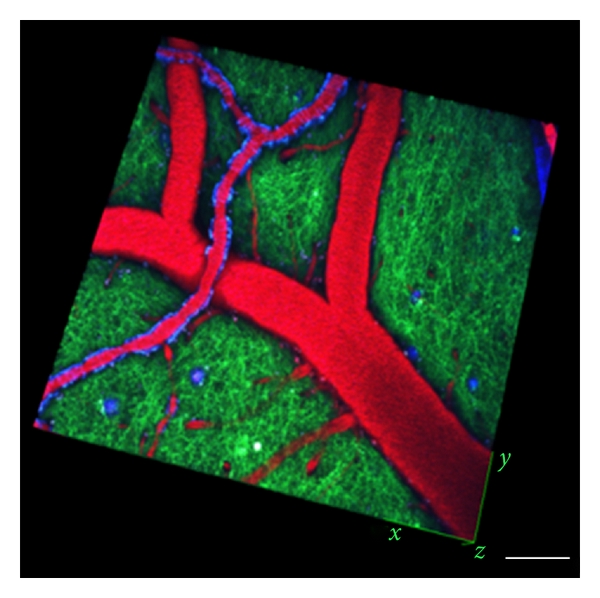The pathological hallmarks of Alzheimer's disease (AD)—widespread synaptic and neuronal loss and the pathological accumulation of amyloid-beta peptide (Aβ) in senile plaques, as well as hyperphosphorylated tau in neurofibrillary tangles—have been known for many decades, but the links between AD pathology and dementia and effective therapeutic strategies remain elusive. Transgenic mice have been developed based on rare familial forms of AD and frontotemporal dementia, allowing investigators to test in detail the structural, functional, and behavioral consequences of AD-associated pathology. Here, we review work on transgenic AD models that investigate the degeneration of dendritic spine structure, synaptic function, and cognition. Together, these data support a model of AD pathogenesis in which soluble Aβ initiates synaptic dysfunction and loss, as well as pathological changes in tau, which contribute to both synaptic and neuronal loss. These changes in synapse structure and function as well as frank synapse and neuronal loss contribute to the neural system dysfunction which causes cognitive deficits. Understanding the underpinnings of dementia in AD will be essential to develop and evaluate therapeutic approaches for this widespread and devastating disease.
